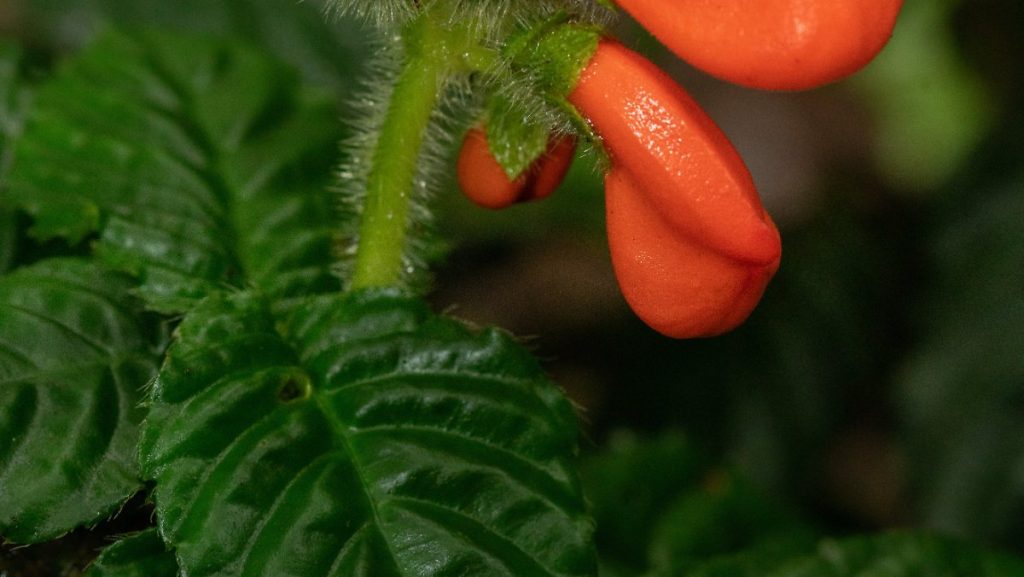Extinct and discovered
Researchers misname the plant
Researchers misname the plant
4/20/2022, 2:03 pm
Errors exist in science, too. This is demonstrated by a recent study describing how a plant that had already been declared dead was rediscovered and hence its name. To the surprise of researchers, this is not so rare.
Just described, already ‘extinct’ – then rediscovered: the strange story of a flowering plant in South America Describe an international research team In “Phytokeys” magazine. According to this, the plant, despite its small size, but conspicuous due to its orange flowers, was repeatedly collected in Ecuador from 1977 to 1985, but was scientifically described only in 2000.
At the time, botanists assumed that the plant only grows on the small Ecuadorean ridge Centinela, which lies to the west of the Andes and is home to many endemic plants. In the 80s and 90s of the last century, the cloud forest that is very rich in species there was almost completely cleared. What was left were a few small forest islands, most of them surrounded by banana plantations.
wrong assumption
Assuming that the plant is of the genusGasrantos“Already extinct, researchers gave it the name of the species”G. extinct“.” All four specimens come from a forest that has been completely cleared, which could lead to the extinction of this species.” Written by Lawrence Skoog of the Smithsonian Institution and Lars Kvist from Copenhagen at the time.
This assessment was premature, another research team reported, 22 years later. Accordingly, the young forest flower with bright flowers is neither extinct nor particularly rare. The team tracked them down not only in the supposedly deforested Centinela, but also in a neighboring region of the Andes.
“Extinctus got its obvious name due to widespread deforestation in western Ecuador,” says co-author Dawson White of Chicago’s Field Museum. “But if you say something is gone, no one will look for it anymore.”
Doubt and search in vain
In recent decades, there have been doubts about whether the plant has actually become extinct. But at least one expedition searched for him in vain. Last summer, White and colleague Nigel Pittman for the first time used satellite imagery to investigate where intact rainforests lie in the area. Then, in the fall, a research team of ten people set out for the Centinela mountain range.
“We found G. extinctus on the first day, within the first hours of searching,” Pittman says. Overall, the team discovered the plant at an altitude of 500 to 1,000 meters on three of the four remaining forest islands and in an area adjacent to the Andes. The plant does not seem to have any special requirements on its surroundings: it has grown in dense bushes as well as in sunny places, on flat spots and steep slopes – and even on the edge of pastures.
The plant should be on the red list
“It is now clear that reports of the complete destruction of the world-famous Centinela cloud forest were premature,” the group wrote. Due to its threatened and fragmented habitats, it is proposed to reclassify the species as “critically endangered.”
Unwilling to choose what might be the last remaining specimens of the plant, the researchers identified the species based on photographs and dead plant debris. Despite the rediscovery, the species–“Extinct Gasteranthus”–must keep its name: once it has been scientifically named, renaming a species is unusual.

“Total coffee aficionado. Travel buff. Music ninja. Bacon nerd. Beeraholic.”








More Stories
Coral Seeding: Artificial Insemination Makes Coral More Heat Tolerant
Fear, Anger, and Denial: How People Respond to Climate Change – Research
LKH Graz: Using radiation to combat heart arrhythmias